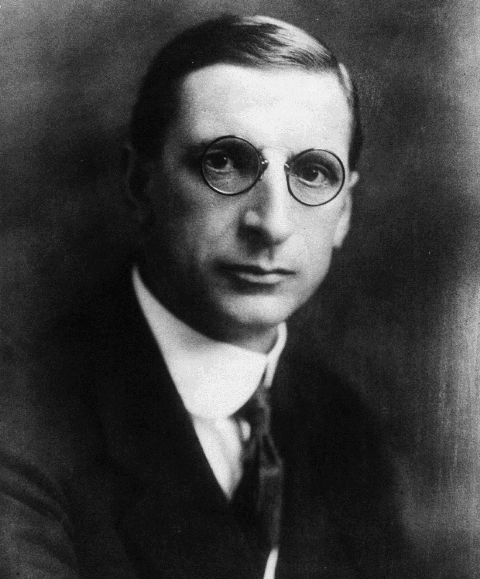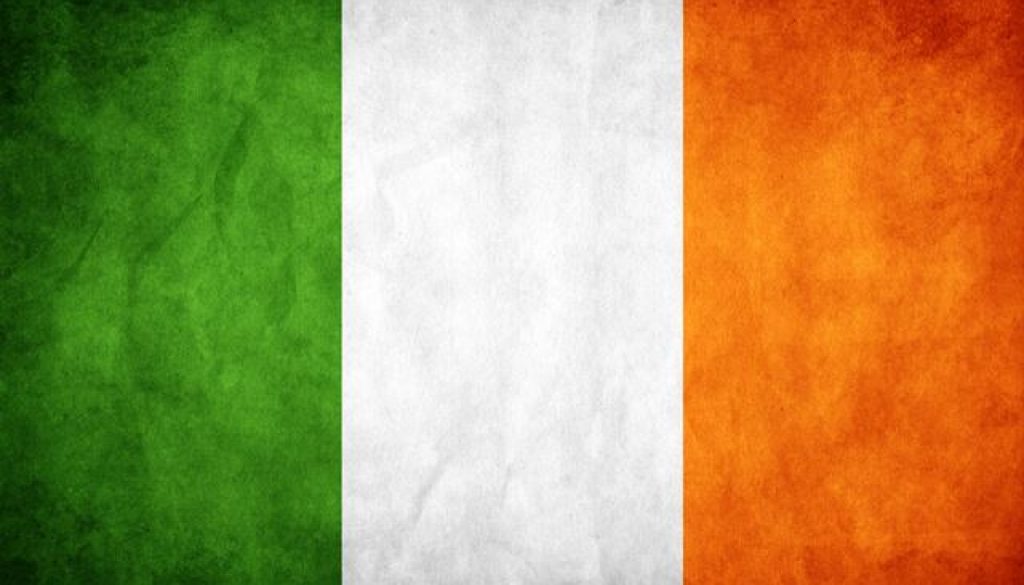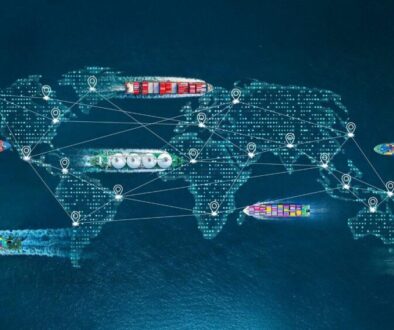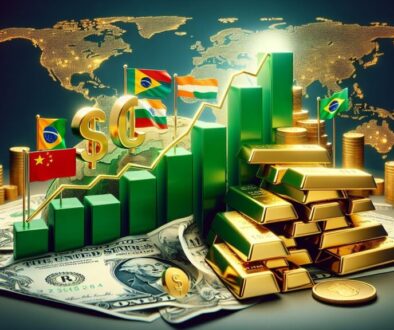If we take a look at the wealthiest citizens in the world back in the 1980s, we would notice that tax havens like Monaco, Switzerland and Luxembourg are at the top of the list, while some economic powers like the United States and Germany would rank 13th and 14th respectively… all the way down at number 28, would be the country of Ireland.
Today, this list looks different, as Ireland now has the fourth largest GDP per capita. But it wasn’t always like this, Ireland just a hundred years ago was considered by some to be a third world country. In the 1920s, more than 90% of Ireland’s economy came from agriculture, and most of its working population was composed of farmers. After gaining its independence in 1922, it only had one trading partner, which is the UK and virtually all of Ireland’s exports were beef and dairy.

Relevance:
As countries in Middle East and the Arab world such as Lebanon are passing through stressful economic periods, and as new national economic policies and strategies are being discussed, the story of Ireland may be an inspiration to learn form.
Nationalistic Economic Policies
These policies (Nationalistic Economic Policies) were supposed to help make the country become self-sufficient and rapidly industrialized, but that is not what happened!
As a result, the country decided to try some new economic policies. The Irish saw that during the great depression, the countries that were being hit the hardest were the ones with a free market, meanwhile, countries under communism such as China and the Soviet Union were experiencing a slight economic and Industrial growth. Accordingly, the Irish, headed by Statesman Eamon de Valera, decided to select and implement some ideas from the Western World and some ideas from the Communist regimes. The country soon nationalized a large portion of its economy, banned most foreign trade and investment and put high tariffs on virtually all exported goods.

These policies were supposed to help make the country become self-sufficient and rapidly industrialized, but that is not what happened!
The first thing that occurred after these policies were put into place was that the Irish began leaving the country at faster rates than they were before; in fact from 1842 till 1950, the population of Ireland went from eight million people all the way down to 4 million (it is worth mentioning that the Potato Famine of 1845 played a major role in this as well – Although estimates vary, it is believed as many as 1 million Irish men, women and children perished during the Famine, and another 1 million emigrated from the island to escape poverty and starvation, with many landing in various cities throughout North America and Great Britain).
The second thing that happened was that the Irish policymakers ran into a dilemma; industrialization requires resources, and Ireland lacks the latter. In large countries such as Russia or China rich in resources, building factories, ports and modern buildings would not be much of a problem. But for a country like Ireland, which is 0.49% the size of Russia and 0.88% the size of China, it was troublesome.
Result was that over the next few decades, the nationalistic economic policies would prove to be disastrous for the Irish economy.
Europe’s Sick Man
1980s…Ireland’s worst economic downfalls in its history
In 1957, Ireland began accepting foreign investment. They slowly began opening up to more International trade. They started investing heavily into education and selling off many of their state owned companies. In 1973 Ireland joined what would become the European Union which is viewed by many as Ireland becoming a modern nation.
However, things once more took a down turn. A combination of an oil crisis, uncontrolled governmental spending, bank strikes and taxes exceeding 50% for the average person, led to one of Ireland’s worst economic downfalls in its history. As a result, unemployment in the 1980s hit 17% (in perspective that is similar to unemployment rates countries are suffering from today because of the lockdowns). During that period, Ireland was to be called the sick man of Europe.
The Celtic Tiger
… The average Irish adults had an income that was 66% lower than that of the average person in the UK (between 1990 and 2003), but just 13 years later, the average Irish person would have an income higher than the average person in the UK
In the 1980s, the economy was in a disastrous situation which led the Irish government to do something that would seem extremely radical to today’s politicians and economists. They came up with an idea called the “Tallaght Strategy”, where all of the political parties came together to make quick and sweeping economic reforms that would provide immediate and long-term benefits for the country. The implemented reforms radically changed the country’s trajectory. The government cut down its borrowing of money, it cut taxes, tied wages to economic growth, actively started seeking foreign investment and drastically expanded its private sector. These changes throughout the late 1980s and into the 1990s became known as the “Celtic Tiger Strategy”, outpacing even the Chinese economic growth rate.
In perspective, the average Irish adults had an income that was 66% lower than that of the average person in the UK between 1990 and 2003, but just 13 years later, the average Irish person would have an income higher than the average person in the UK and arguably the biggest reason why Ireland became such a wealthy nation during that time was because of the growth of both domestic and international corporations. One of the earliest economic reforms that Ireland passed was a reduction in corporate taxes. In the 1980s, Ireland had a 50% corporate tax rate, which was one of the highest in the world. But by the early 2000s, the corporate tax rate was 12.5%, which was one of the lowest in the world, leading to an expansion of private businesses in the country.
Hub for Multi-billion Dollar Companies
Today, in a country with only about 5 million people, there are tens of Irish companies with revenues of over 1 billion dollars. Ireland has one of the most billion-dollar homegrown companies per capita in the world and with these companies’ expansion throughout Europe and the rest of the world, Ireland’s economy kept growing at higher rates for most of the 2000s and the 2010s except for the years of the 2008 financial crisis.

The Year of 2015!
2015 single-handedly placed Ireland amongst the top five richest countries in the world. They essentially experienced five to seven years’ worth of good economic growth within one year!
By the year 2015, Ireland was already one of the 15 richest countries in the world. But then a weird event happened; they went through a year where they initially reported a 26.3% rise in GDP, which was later revised upwards to a 34.4%.
2015 single-handedly placed Ireland amongst the top five richest countries in the world. They essentially experienced five to seven years’ worth of good economic growth within one year!
What happened?
As Ireland began cutting its corporate tax rate in the 1980s, this policy caught the attention of many multinational corporations outside the country. So companies with thousands to hundreds of thousands of employees opened up their International headquarters in Ireland over the next several decades, especially tech companies. The best examples of big names are Apple, Facebook and Google. The tax incentives are only one part of the reason why companies moved to Ireland because countries like Hungary, Macedonia, Bulgaria, Moldova and Bosnia are all European countries with lower tax rates than Ireland, but because Ireland has a better trade relation more advanced infrastructure and higher educated workforce.
The, the biggest impact from these corporations was Apple; by 2012 after years of gradual increases, Apple was funneling 35 billion dollars in profits per year into Ireland, an amount representing 20% of the country’s GDP. Then virtually, overnight, in 2015, Apple shifted 300 billion dollars worth of IT assets and tens of billions of dollars worth of profits over to their Ireland headquarters. By Apple shifting most of their money over to Ireland, it single-handedly made Ireland’s growth rate go from a number that would be likely around the 6% to 10% range all the way to the 25% to 34%.
However, another problem arose; the money did not end up in the hands of the Irish worker or the Irish government, as most of this money is not taxed for reinvesting.
Leprechaun Economics
In other words, billions of dollars in the bank just sitting there and doing nothing. It may be true that this money is then used as collateral for the Irish banks. So in a sense, Apple artificially pumped up the entire GDP per capita of Ireland by itself. These events became known as the leprechaun economics (A leprechaun is a diminutive supernatural being in Irish folklore, classed by some as a type of solitary fairy). As a result, Ireland was forced to come up with a new standard of reporting its economic data and began using a new metric called the modified GNI instead of GDP.
Ireland is still a wealthy country being somewhere in the top 10 richest in the world, but it no longer gives us the perception of Ireland being way wealthier than the rest of the world. Add to that, if the modified GNI metric was to be used, Ireland would be one of the most indebted countries in Europe in relation to the size of its actual economy.
However, what Ireland has done over the past hundred years has been quite remarkable, going from a poor farming nation to a country that is home to the world’s largest corporations. In reality, Ireland’s economy is relatively solid, but it’s definitely artificially inflated and makes it seem like the country is much wealthier than it actually is.




